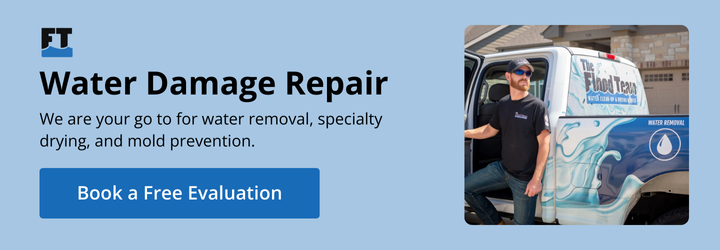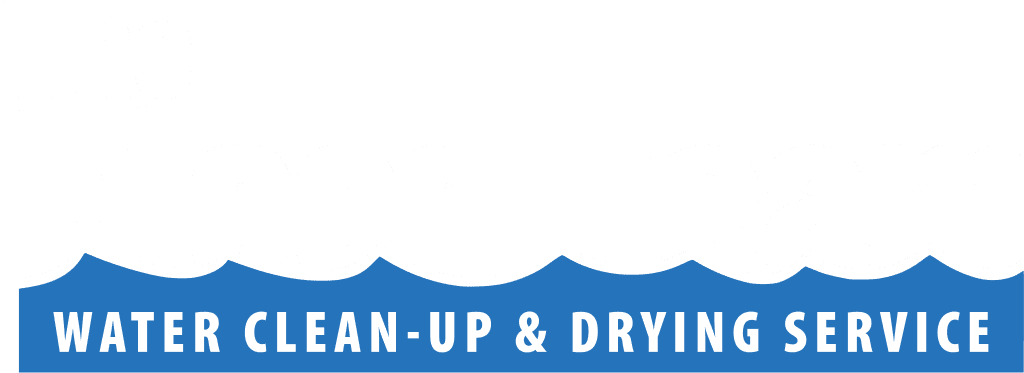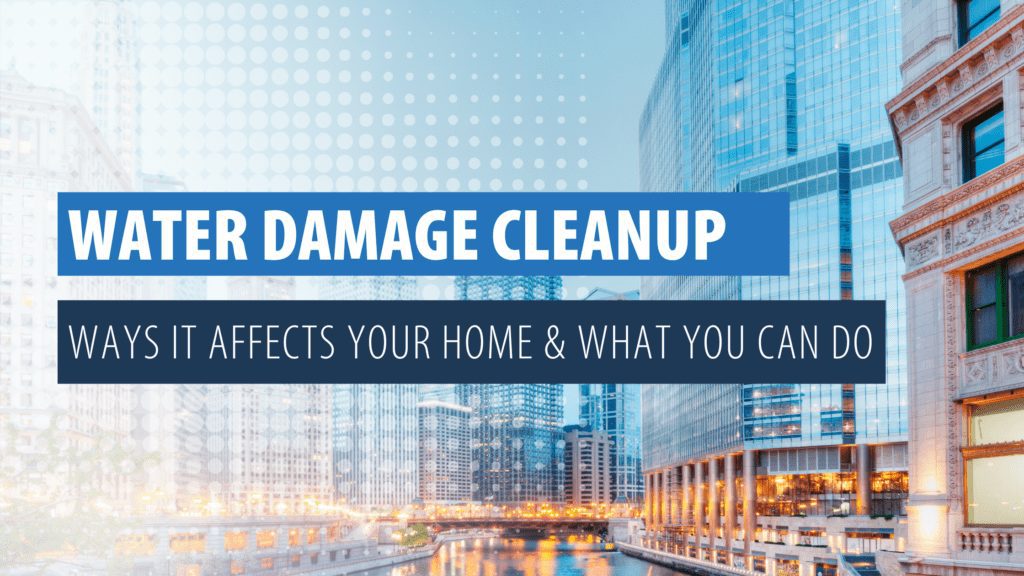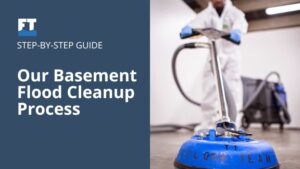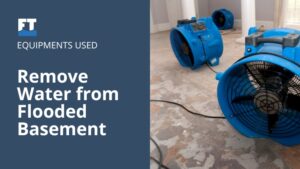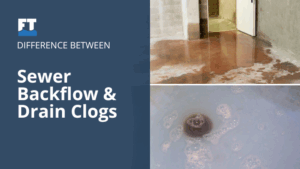Water, water, everywhere, but not a drop to drink – you might have heard this adage from when you were in middle school or high school. But you won’t realize how true this is until your house gets hit with water damage.
Water damage cleanup is neither easy to do on your own, nor is it a happy prospect for your wallet. In fact, water damage is one of the most costly and common types of homeowner insurance claims.
Almost 24% of all homeowner insurance claims are related to water damage and the average cost is $10,900. This isn’t something any homeowner wants to deal with or should have to deal with.
But life happens, and unfortunately, it always happens at the wrong time. Read on to see some of the reasons for water damage and how you can deal with it in the best way possible.
What Exactly Is Water Damage and How Does It Take Place?
You might not be aware but your house is an intricate system of water pipes, plumbing, and more.
You don’t ever see it or think about it though, until some pipe breaks and leaks water all over your precious belongings. Or if a heavy storm hits or a deep freeze, causing your pipes to burst.
There are also slow water leaks, which might go on for weeks, or months on end, causing your house’s structure to be damaged fundamentally.
The other side of the coin is when a hurricane or a terrible storm hits and damages your home in an instant hit over one night or day.
Thus, the five types of leaks you need to be concerned about are:
- Burst pipes
- A slow leak somewhere due to a dishwasher or something
- Water damage after a fire
- Water damage after a flood or storm
- Water damage due to a roof leaking
Some of these are unavoidable. But you can ensure that you keep your home heated properly during the winter to prevent your pipes from freezing over and bursting. Also, let’s look below at some signs of water damage.
How Do You Know You Have Water Damage?
The grand thing about water damage is that if it’s not an acute thing, like a storm or a fire, your home will give you several signs of it, beforehand. It’s like your home is trying to send you subtle signs about its damaged condition.
Let’s look at some of the ways you can figure out that you need to start some water damage cleanup.
- Discoloration of the ceilings/floors
- Listen for a leak in your basement or near your dishwasher
- Signs of mold growth
- Increased heating costs as the water and moisture in air sucks the heat up
As you can see, if you pay close attention, by stopping to listen, watch, and use all your senses, you will be able to tell if a house is suffering from water damage and needs water damage restoration.
The Impact of Water Damage on Your Home’s Infrastructure
The problem with water damage is that it’s a two-way demon. Your water bills go up immensely as you drop by drop or trickle by trickle, water seeps away from your pipes into your foundation or basement.
The second problem with water damage is that unfortunately a lot of homeowner insurance doesn’t actually cover most kinds of water damage. Thus, you are going to be stuck paying for it all yourself.
When mold is generated due to long-term water damage, that is detrimental to your lung health and the health of your little ones. It can cause you to have problems breathing, and an increased incidence of asthma in babies and little children.
You might also notice that not only does the water damage cause a rotting foundation, but buckled floors, and rotting wood in your house’s infrastructure. All these are expensive to fix, and a further annoyance to deal with.
Along with damaging your home, and your health, water damage also causes your home value to go down and the resale value to drop. If you were planning to use your home as a retirement fund, then water damage could ruin those hopes.
Water Damage Cleanup – How To Go About It
The most important thing to do is to figure out where the leak is coming from. Start with that first. If you can’t figure it out, hire an expert to go in deeper, and find out exactly what’s going on.
Once you know where the leak is coming from, you can go about fixing it and preventing further damage.
The next step, of course, is to start repairing the damage that the water damage has caused to your house, be it to the concrete slab, the foundation, the wooden floors, or the ceilings.
The water damage cleanup has to include a severe checkup of all your housing structures to ensure that everything is updated to a water-free status. If need be, some of the structures would have to be replaced.
If the leak comes from a pipe that’s burst or a roof that’s leaking, those are easier to fix. If it’s due to a damp concrete slab, it’s much harder to get under there and fix it, by yourself.
Use a dehumidifier in the house until all the water damage has been taken care of, so you are not breathing in excess moisture all day long and causing damage to your fragile lungs.
You Are Not Alone – There Are Experts Out There To Help You Out
Water damage cleanup can be a nightmare, especially if it’s your first time dealing with it, or your first home. But you don’t have to go at it alone.
There are experts out there who can help you with your water damage restoration, without you having to lift a finger, except to make a phone call.
Take advantage of our 24/7 emergency response system, and talk to a water damage restoration specialist today by checking out our website.
